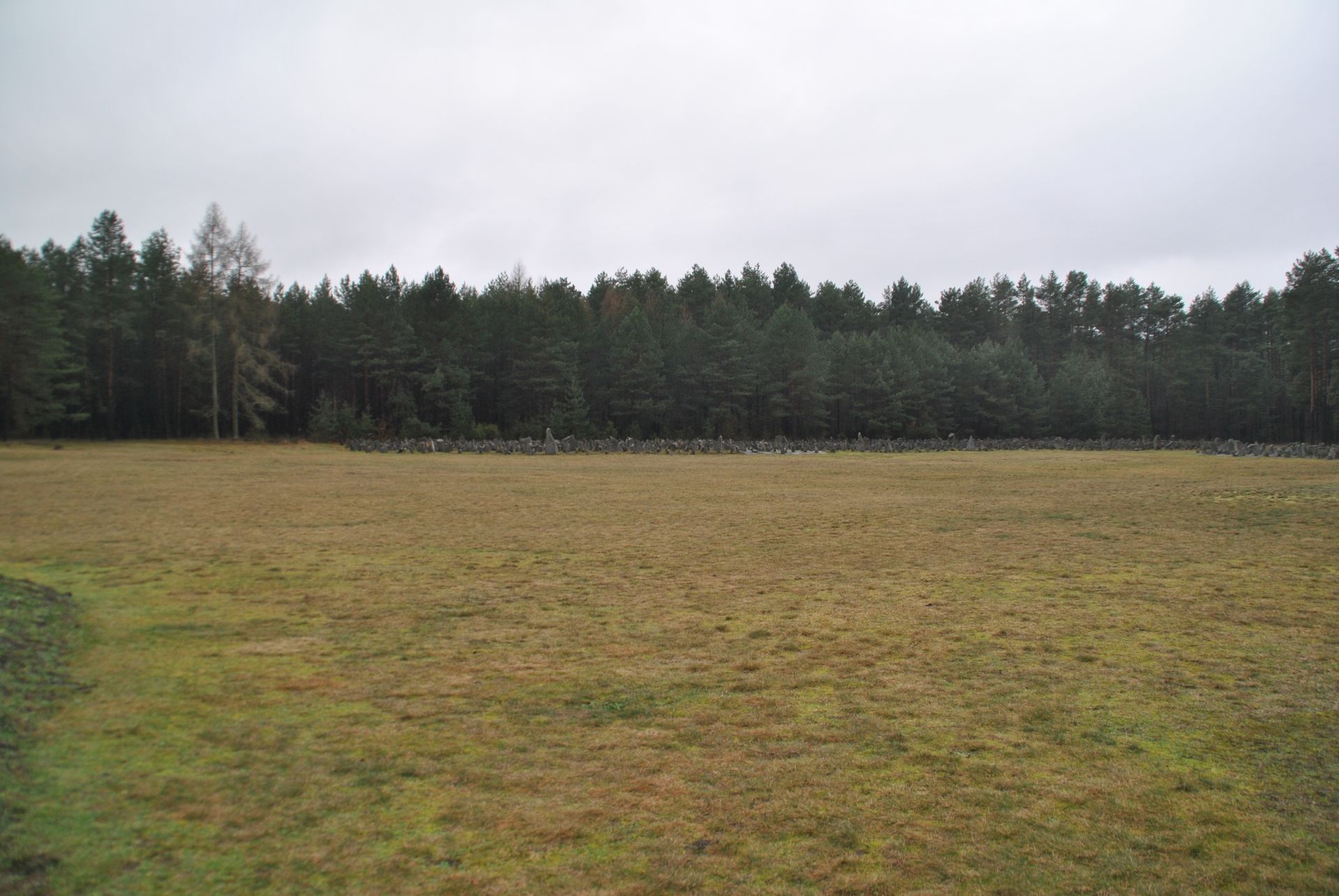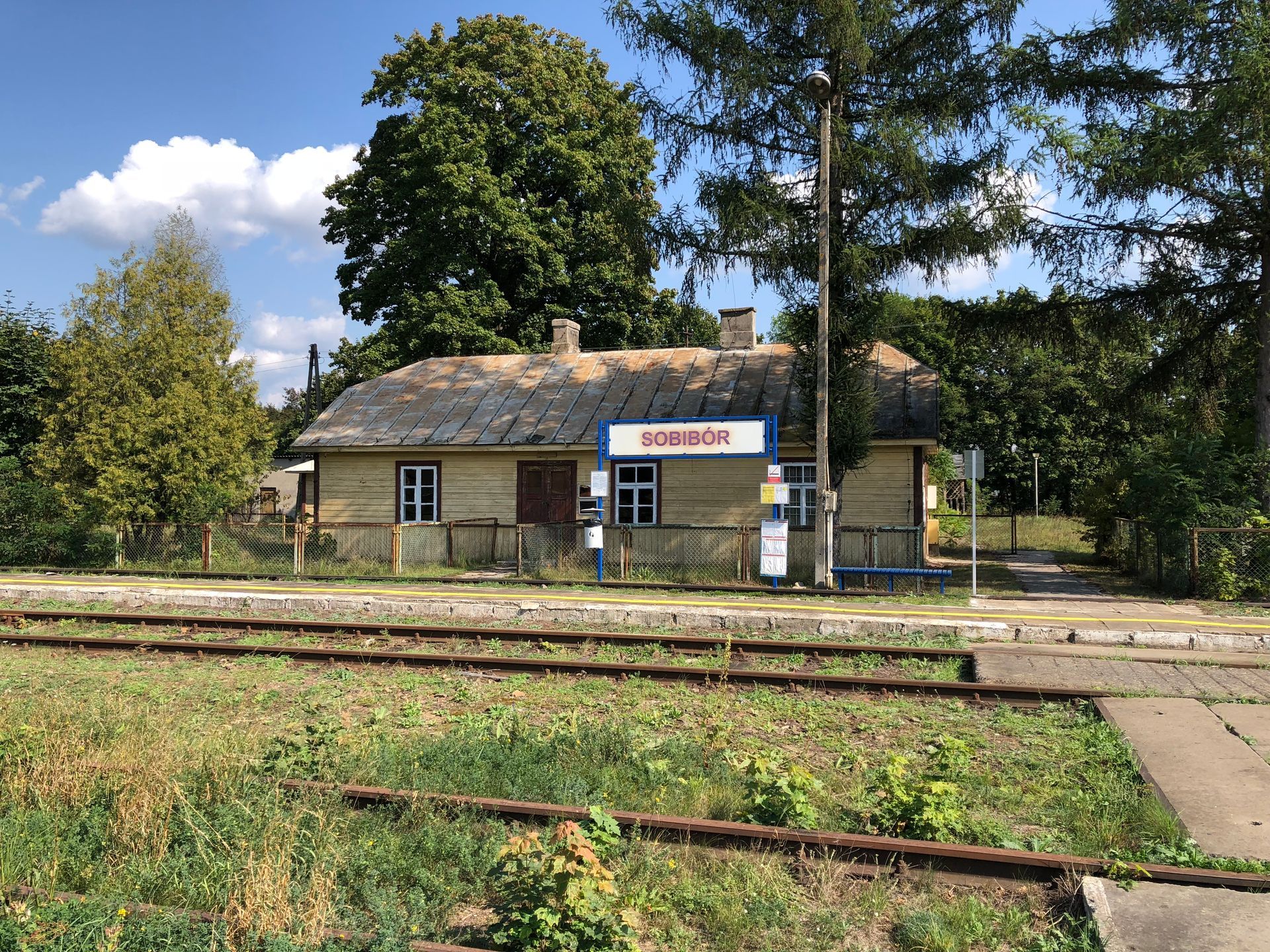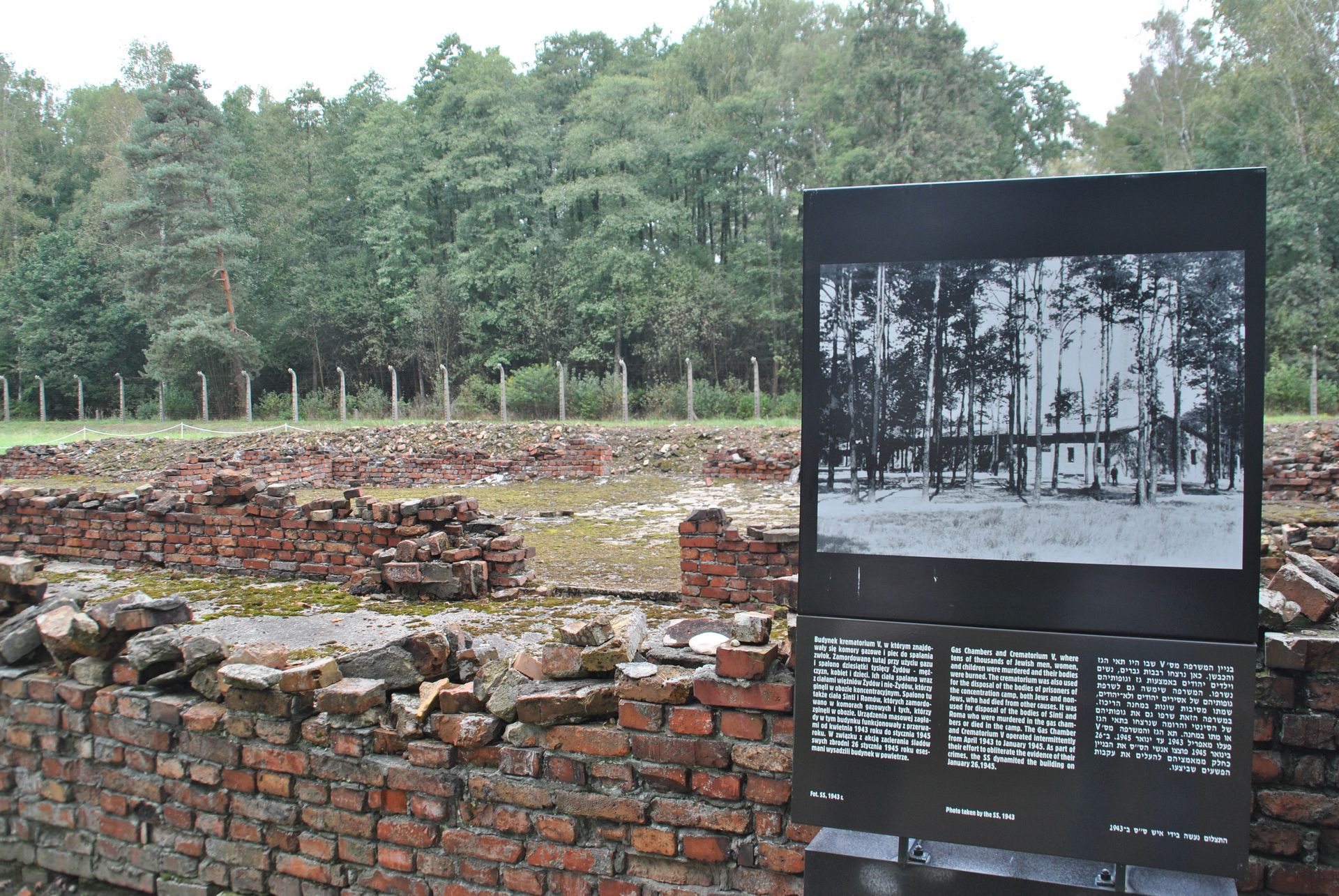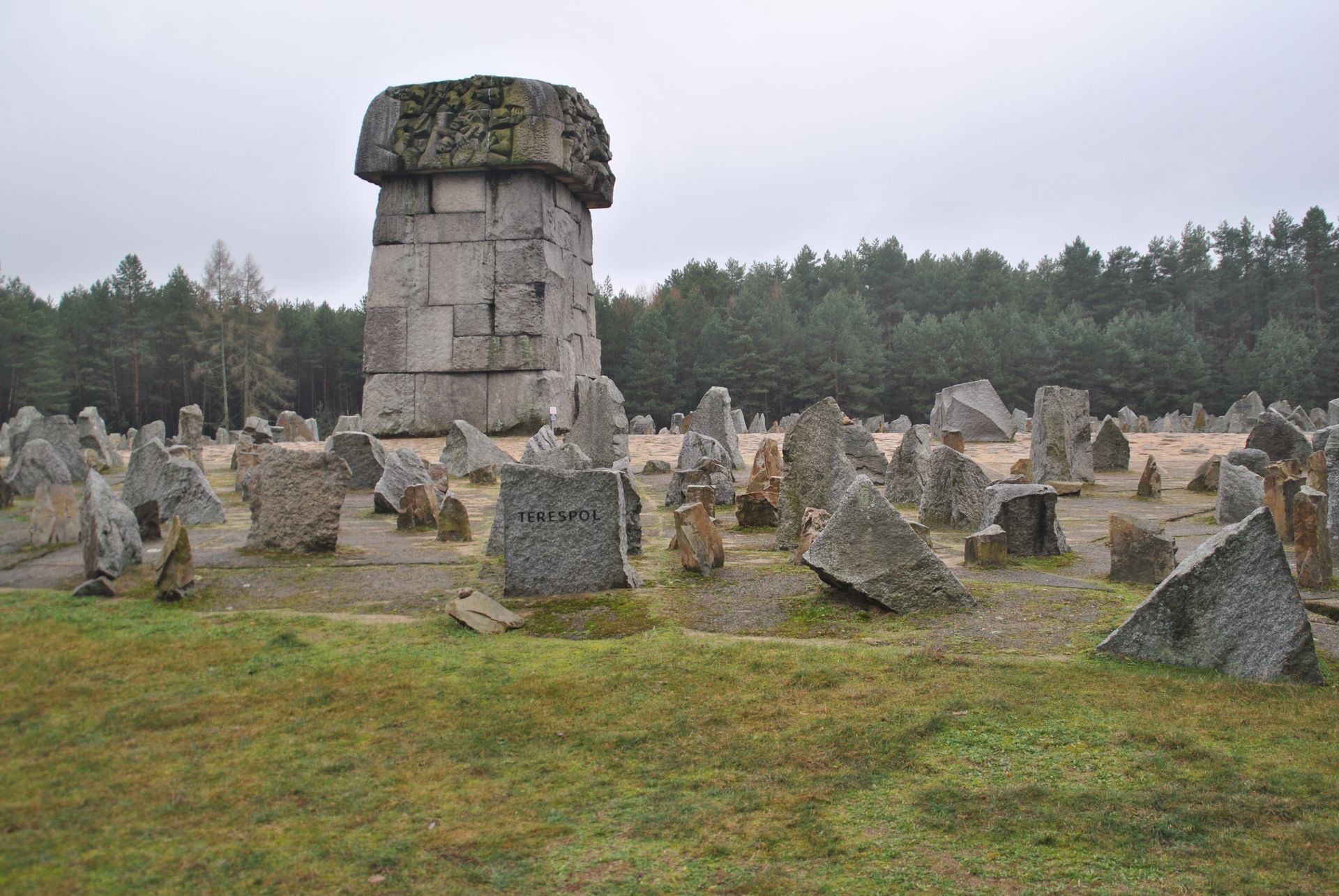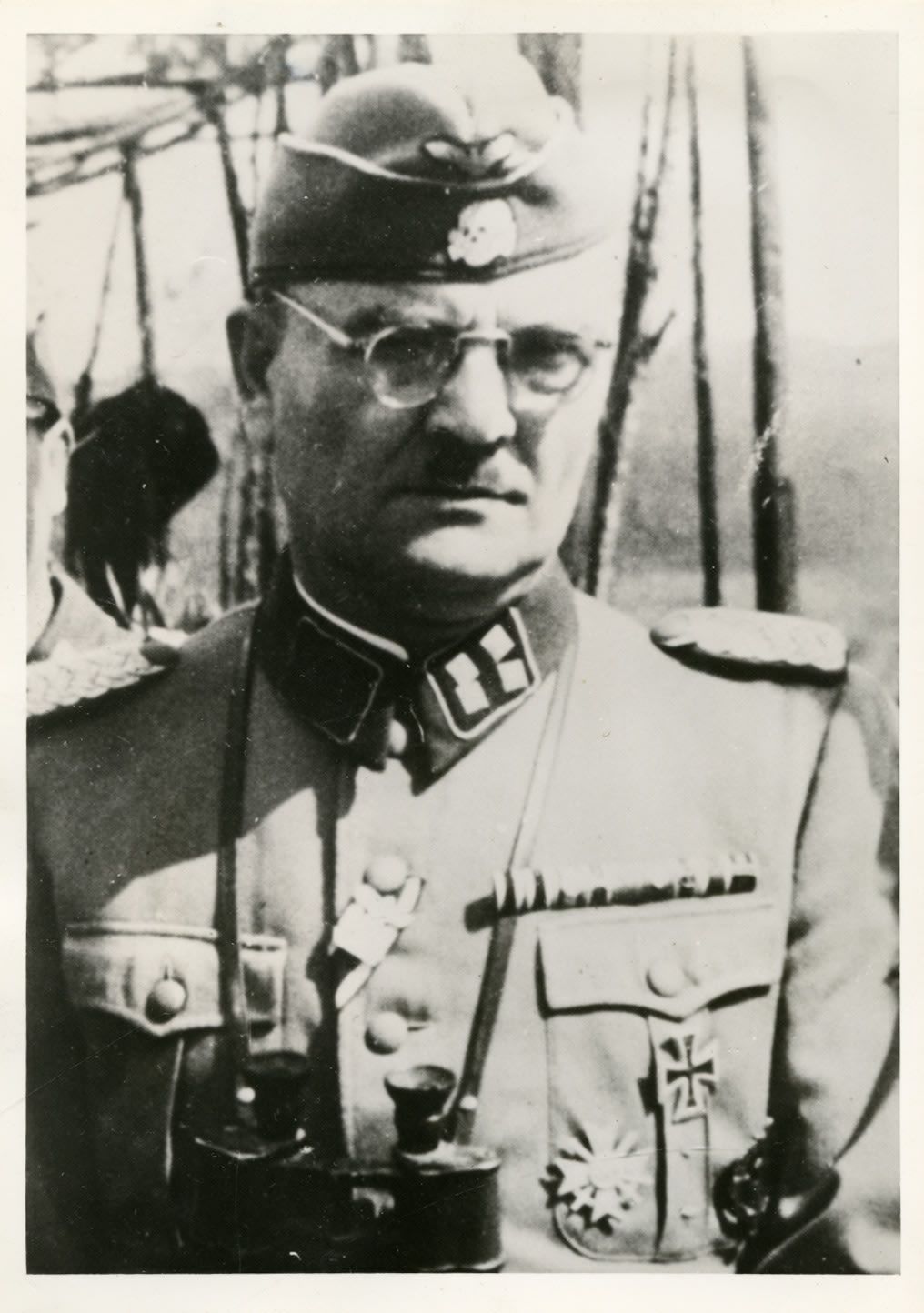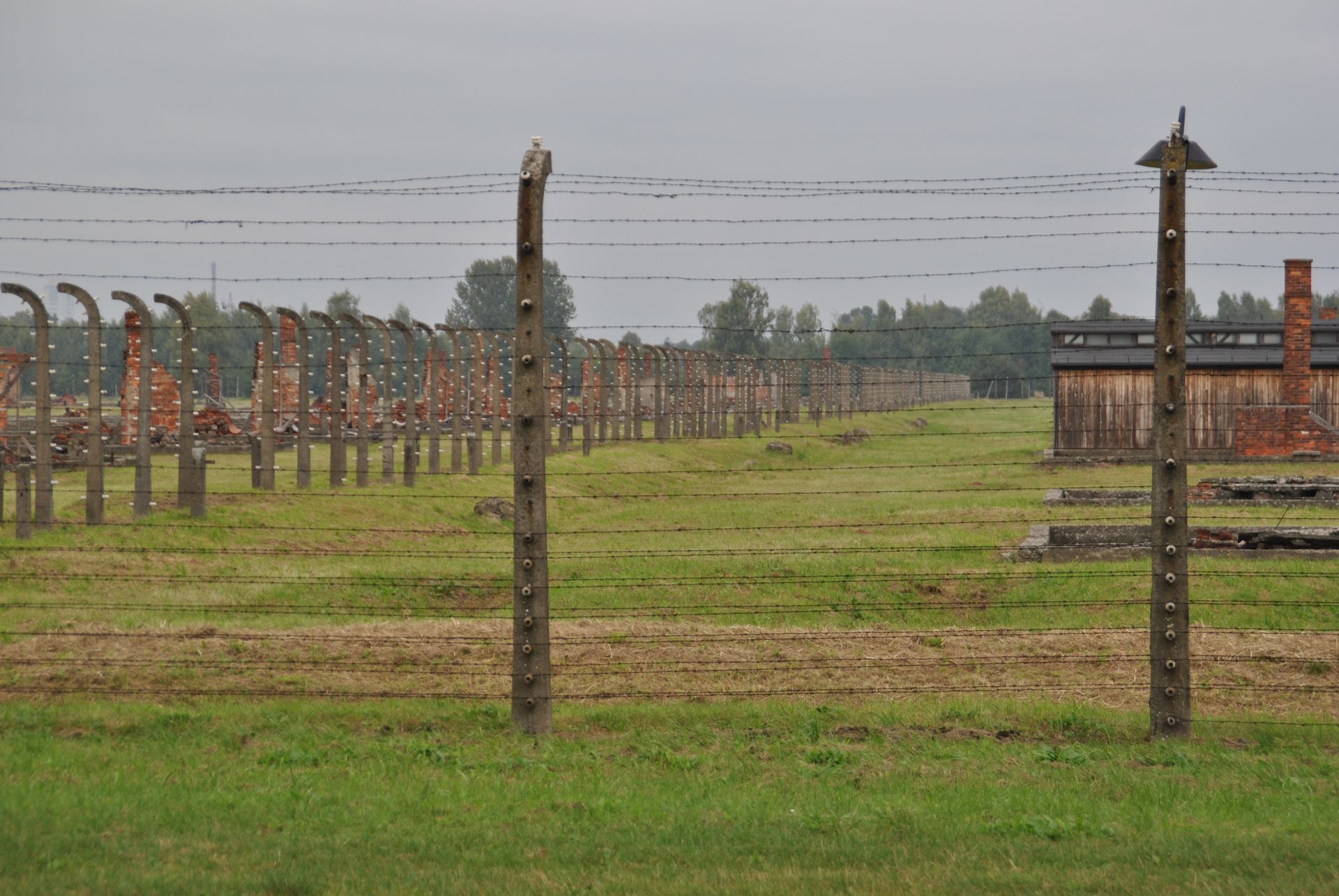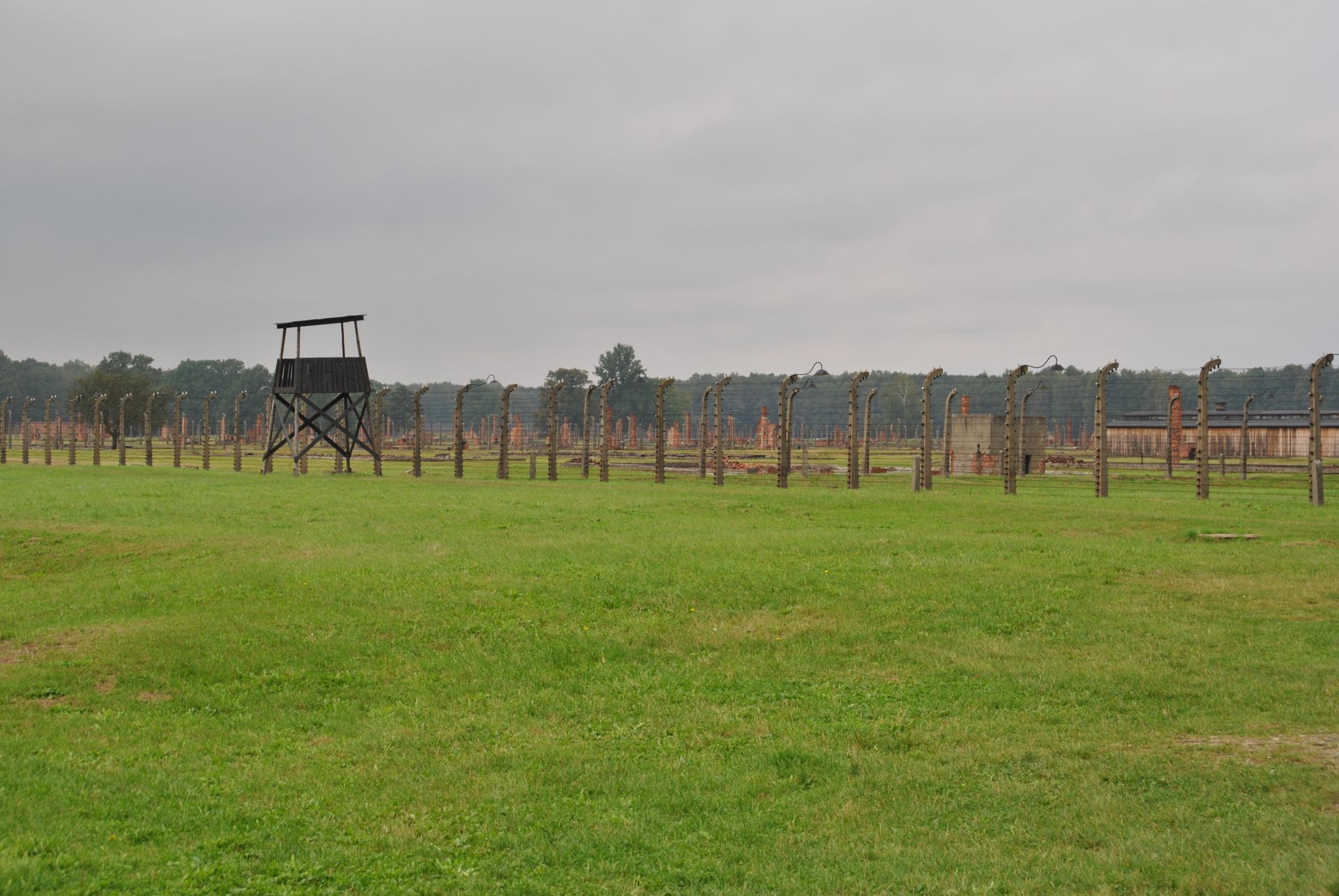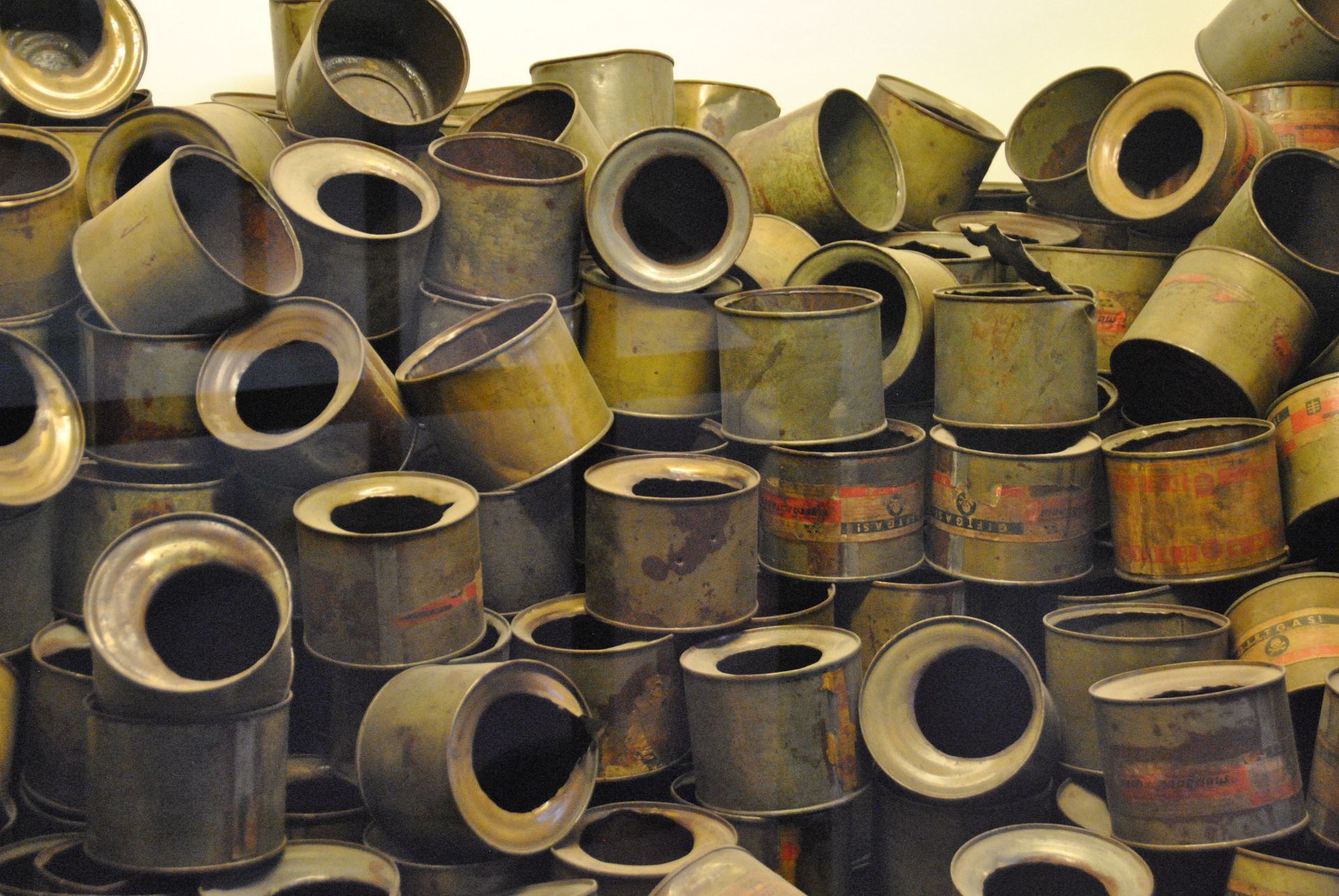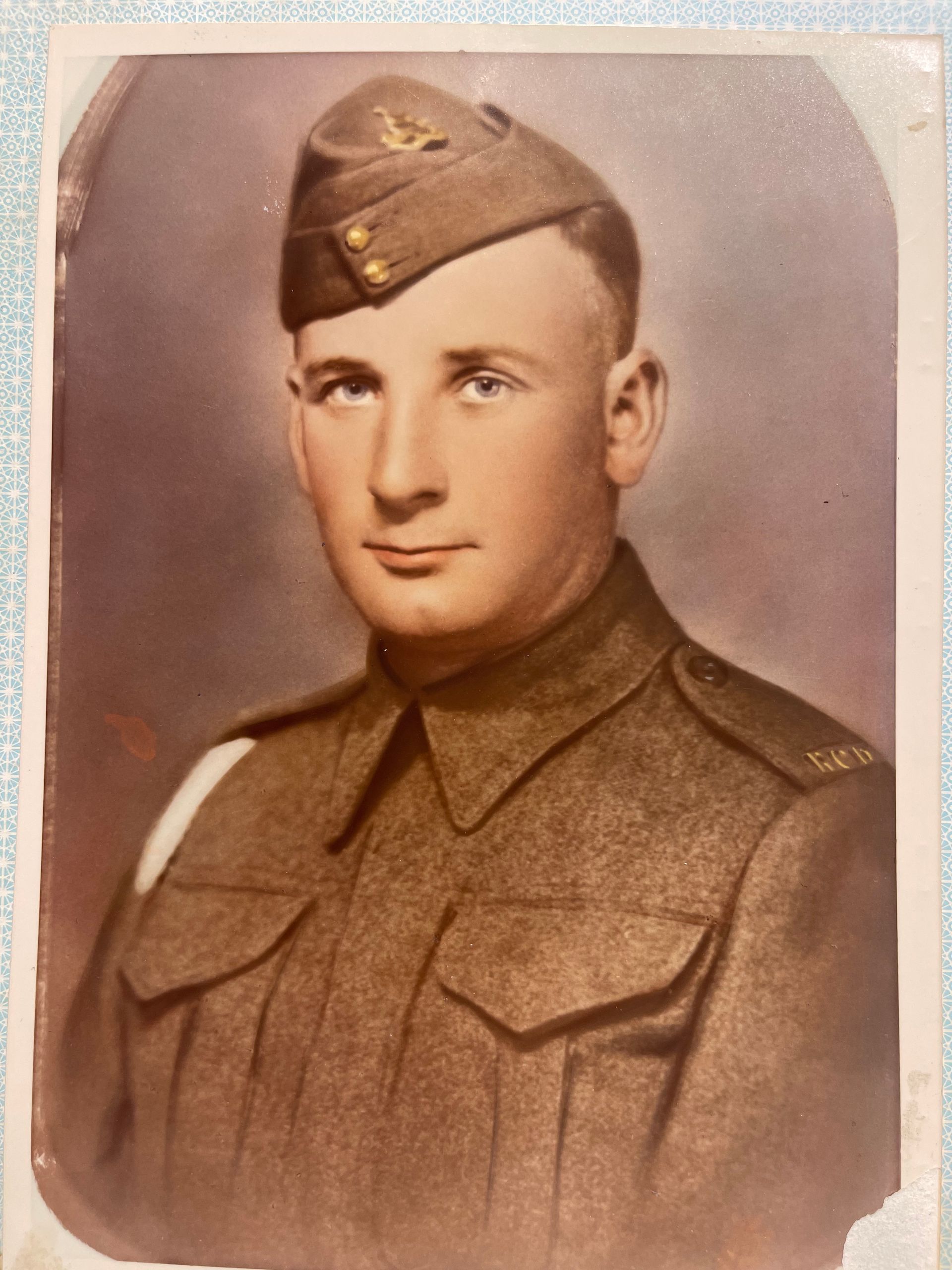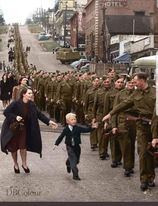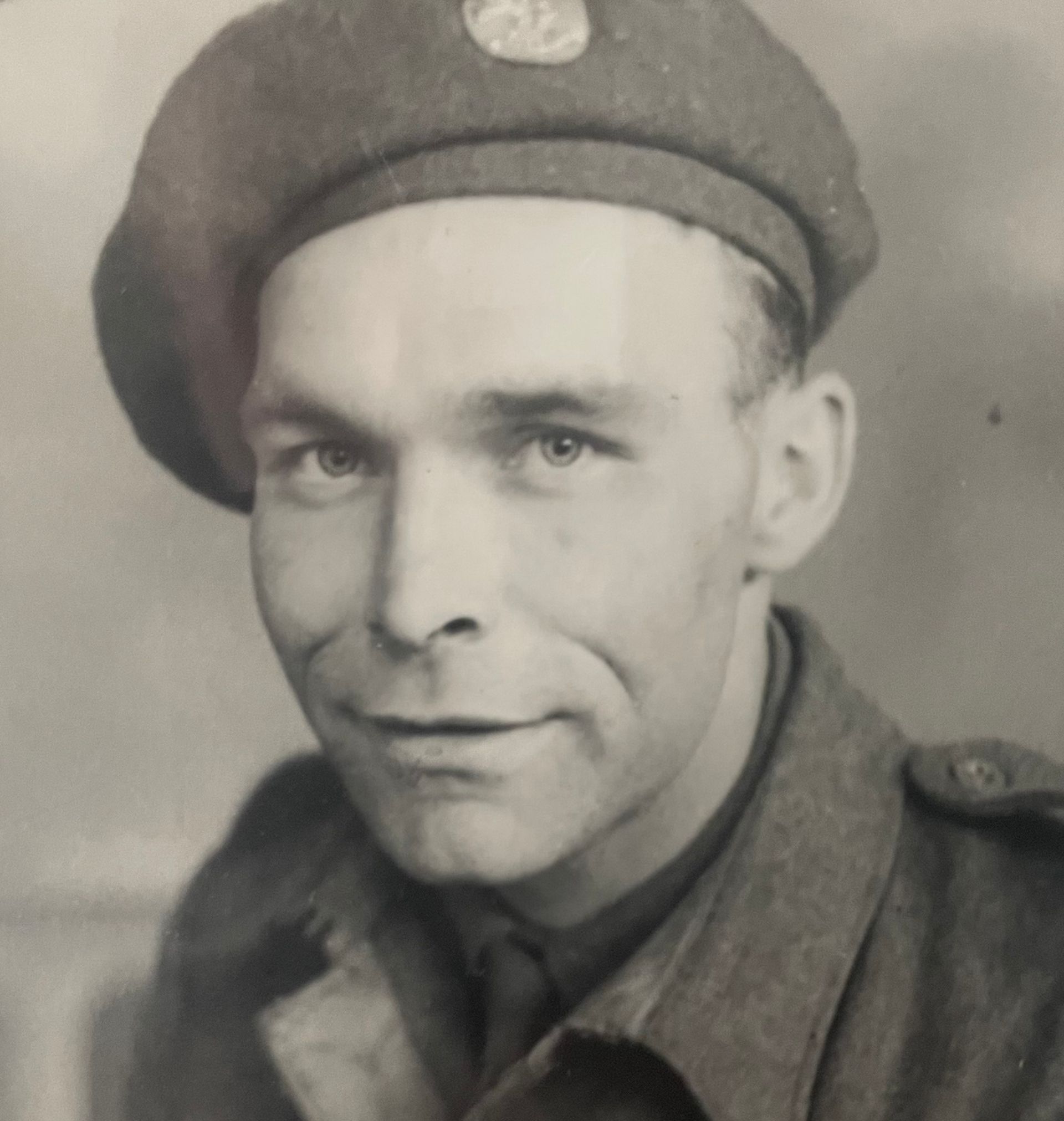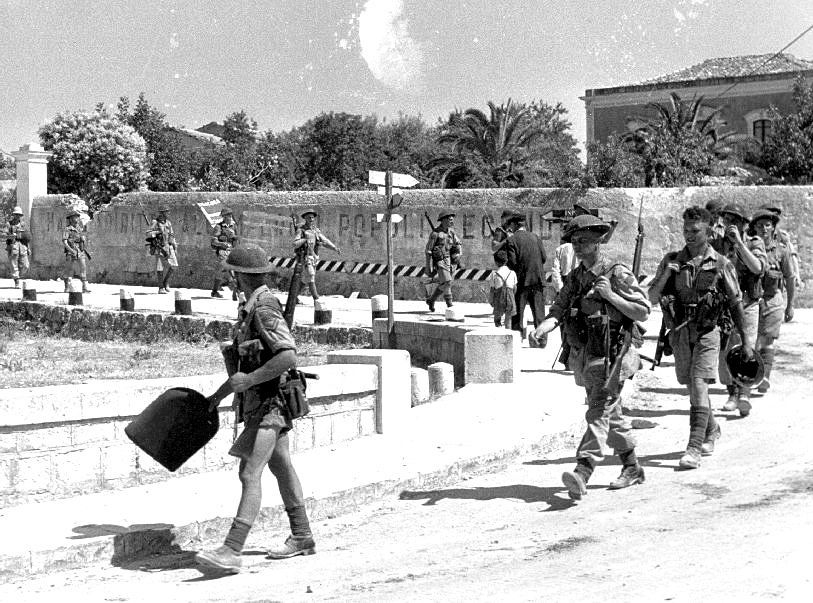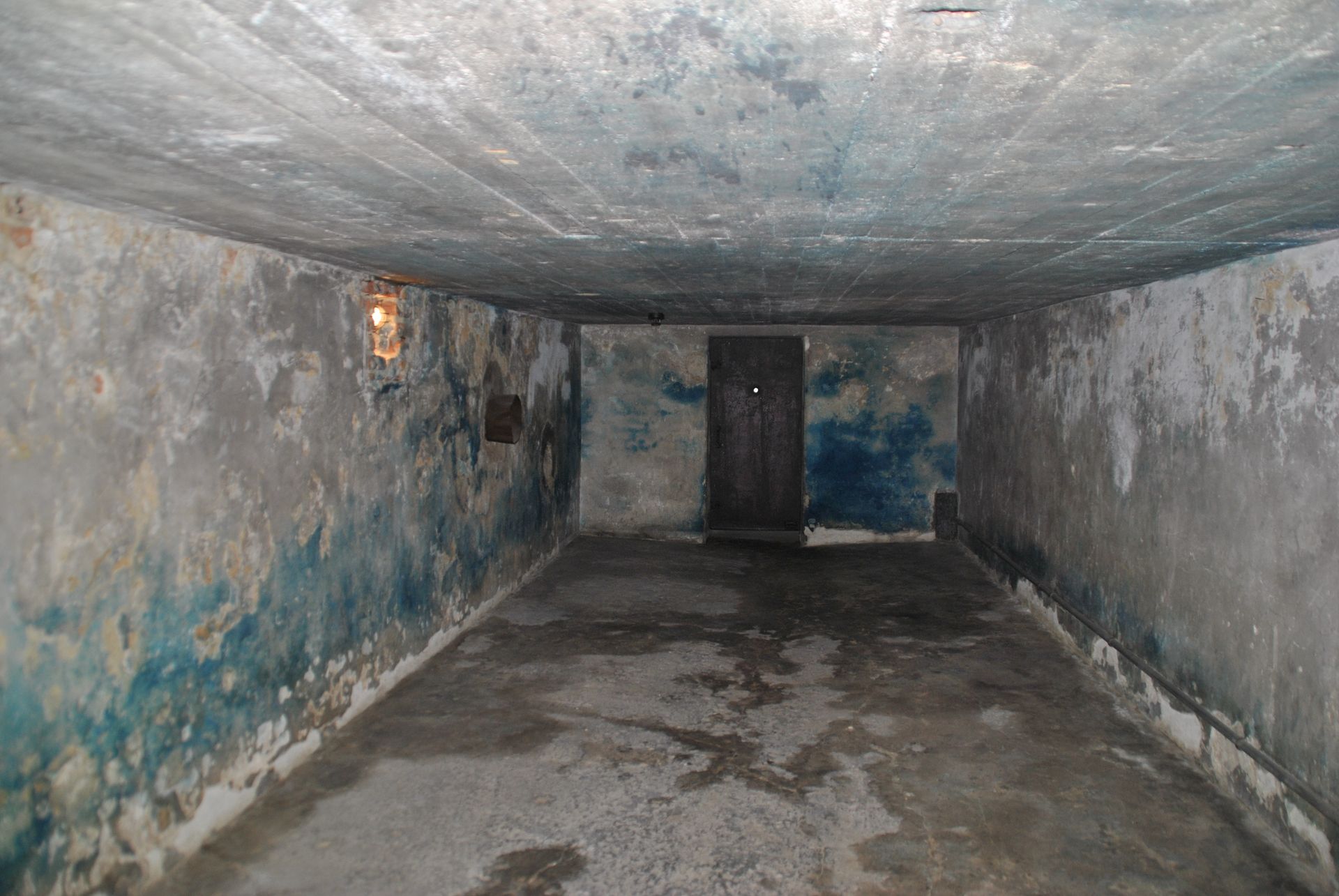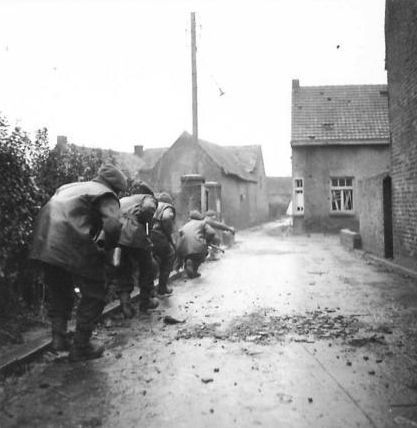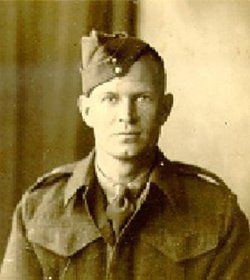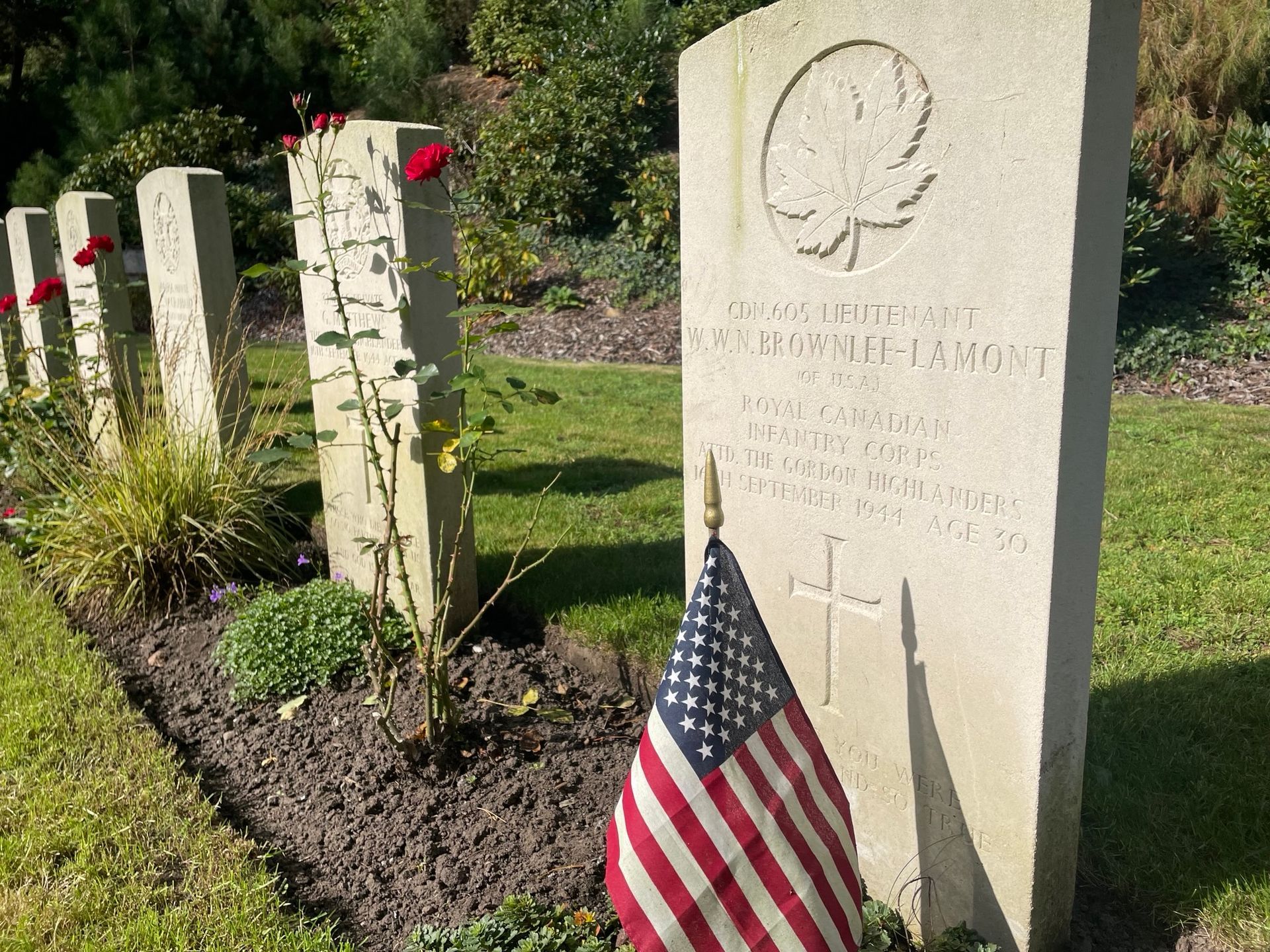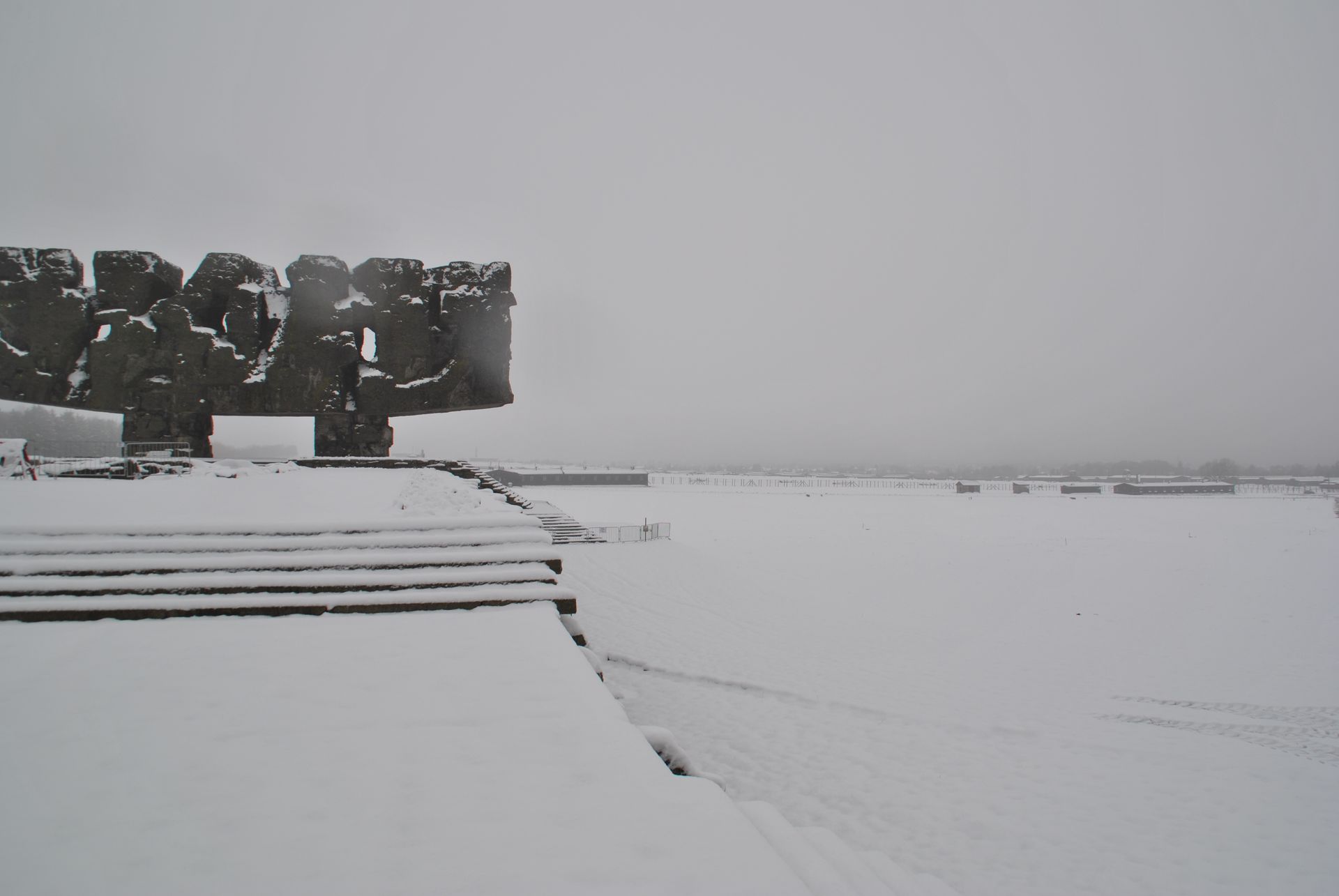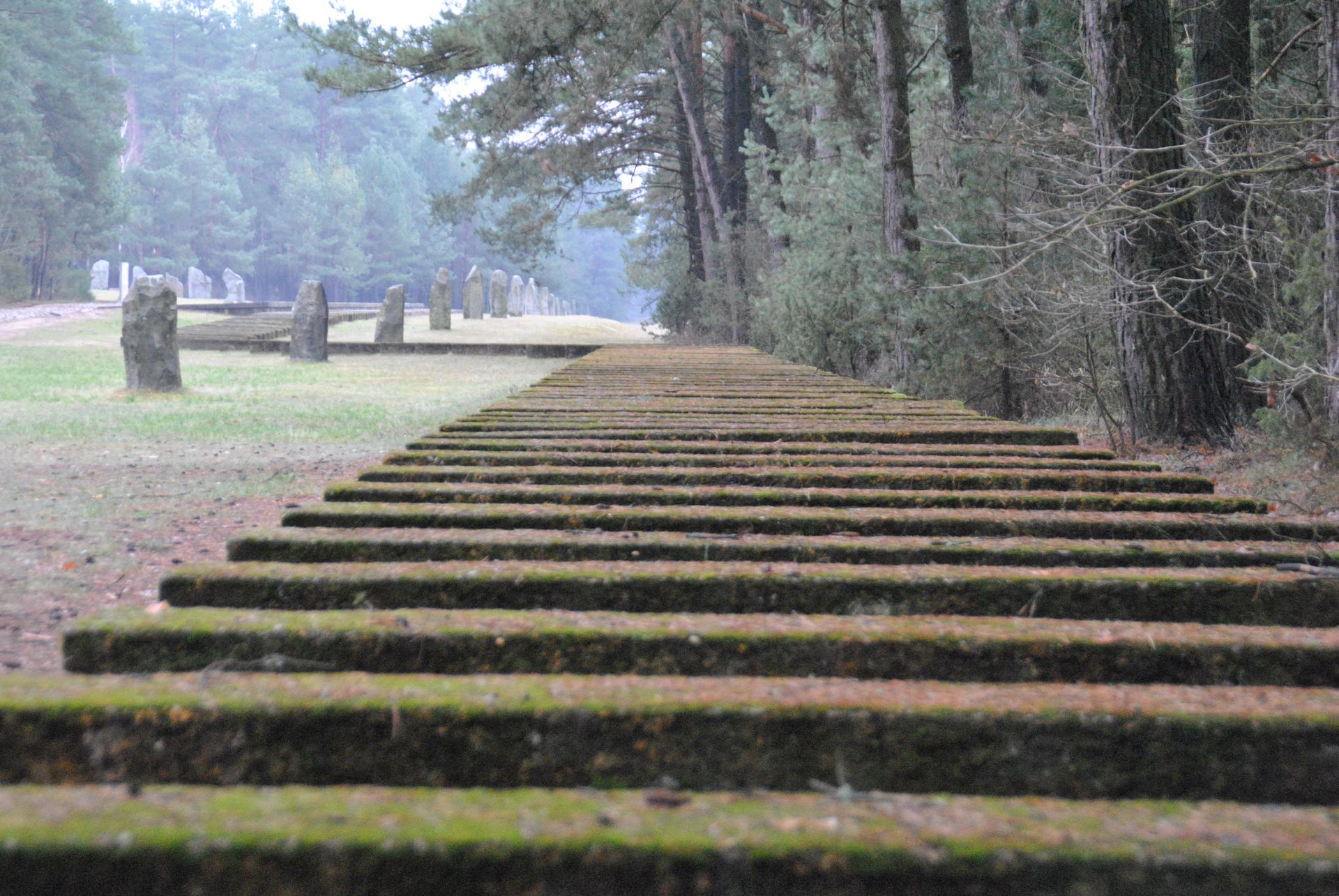Five extermination camps were created by the Nazis, all located in Poland. Don't confuse these camps with the concentration camps. The extermination camps only had one purpose: the killing of people. Concentration camps were developed to detain people which the Nazis wanted to exclude from society. Jews, intellectuals, Poles, you name it. Everyone the Nazis didn't trust were sent to those camps for forced labor and to exclude them from daily life. The fact that many of these people died was a warm welcome for the Nazis (the Nazis killed them by starvation and exhaustion). But the concentration camps were not built for the mass murder of people.
In our Holocaust story
The Holocaust Explained
we told you about the killing by the Einsatzgruppen. But a faster method was needed because there were 11 million Jews to kill. Bring the victims to their killers instead of the killers to the victims.
The Final Solution, the murder of all European Jews, was decided by Reinhard Heydrich (head of the RSHA, Reichssicherheitshauptamt or Reich security main office) and
Heinrich Himmler (the Reichsfuhrer SS and second most powerful man in the Third Reich). The first extermination camp was
Chełmno
(1941),
Auschwitz-Birkenau was the second one (it was in the beginning an concentration camp, later also an extermination camp). Bełżec, Sobibór and Treblinka opened in 1942 were specially developed to kill the Jews in the General-Government (an occupied territory in Poland).
Why is Auschwitz-Birkenau known by almost every person in the (Western) World? And why is Bełżec unknown to almost everybody we speak to?
First take a look at the names of the extermination camps.
Chełmno, hard to pronounce, was called Kulmhof by the Nazis.
Oświęcim and Brzezinka had the same problem for the Nazis, so they made it easier for themselves: Auschwitz-Birkenau.
Bełżec, Sobibór and Treblinka are the Polish version, but without the accent marks the Nazis used the same names.
Auschwitz-Birkenau the largest in surface and death toll was an extermination camp but also a concentration camp.
It was liberated on 26 Januari 1945 by the Red Army (Soviet Union) and had a lot of survivors due the fact that it had a double function. Also the fact that there were a lot of children among them makes it interesting. Those children told us, up to 80 years later, the story of their life inside Auschwitz-Birkenau. They are the living witnesses. Also a lot of other survivors gave us testimonials. For example, Filip Müller, a member of the Sonderkommando (special commando to burn the bodies), wrote his story in a very interesting testimony about the gas chambers in Auschwitz-Birkenau. Because a lot of transports from the west were sent to Auschwitz-Birkenau, more interest was created in education and at schools in Western Europe. The fact that Auschwitz-Birkenau has ruins (still visible today: ruins of crematoria, gas chambers, barracks and mass graves), survived the war and is situated close to the city's Katowice and Krakow makes it easy to visit.
In total the Nazis killed more than 1,1 million people in Auschwitz-Birkenau.
When we take a look at Bełżec there are only two known testimonials from survivors. In Bełżec the Nazis murdered about 434,508 men, women and children between March and December 1942 in the gas chambers. The bodies were dumped in mass graves, from October 1942 the Nazis started to burn the bodies in open pits. In spring 1943 this extermination camp was dismantled, the bodies exhumed and burned. So, almost no survivors, far away in the east (nowadays close to the border of Ukraine) and completely dismantled by the Nazis. It is one of the explanations why this extermination camp is very unknown.
Sobibór is more famous, especially in Holland. From Westerbork, a transit camp in the northern part of Holland, many transports were sent to Sobibór and Auschwitz-Birkenau. Also the fact that Jules Schelvis, a Dutch survivor, wrote his testimonies, makes Sobibór more famous than Bełżec. At least 34000 Dutch Jews were killed in Sobibór and a total of 150,000 and up to 170,000 in total. Sobibór is a very isolated place. We even got lost when we visited this extermination camp. No tourists, no signs and in 2011 the museum was out of money and had to close the doors. In 2020 the new museum was reopened. That will never happen to Auschwitz-Birkenau with more than a million visitors a year! Sobibor was dismantled in 1944. The area was planted with a pine forest.
Chełmno, the first extermination camp. We wrote a blog about this place.
Our visit was very impressive. Read the blog and information about his extermination camp
here.
Then Treblinka 2 (Treblinka 1 was a labor camp closeby, Treblinka 2 was the extermination camp. But we call Treblinka 2 just Treblinka). The reason why there were “only” 900,000* people murdered is the chilling fact that there were no more Jews to kill. Treblinka was a masterpiece based on the experience first from Bełżec and later from Sobibór.
Treblinka was a small but very efficient killing machine. There were days that 15,000 men, women and children were killed in 24 hours. A stunning number. Testimonies from Franz Suchomel, a Nazi who was based in Treblinka, and from Richard Glazar, a Jew who worked in Treblinka, gave us this number. Treblinka had the capacity to kill at least double the amount of victims, and when the situation was there, we believe it could handle a number above 3 million.
*In our story The Holocaust explained we talk about 800,000 but more likely 900,000 victims. Till this day the exact number is unknown. Reliable sources such as the Holocaust Encyclopedia from the US Holocaust Memorial Museum mention 925,000 victims. Yad Vashem, The World Holocaust Remembrance Centre in Jerusalem, says 870,000 victims. And many books that we have studied are between 800,000 and some up to a million. 900,000 is an average that we think is a manageable number. We saw this number also at the Treblinka museum.
This situation is also representative for Sobibór, Chełmno and Auschwitz-Birkenau. We simply don't know the exact number of victims. Only the report of Bełżec, 434,508 victims, is very reliable due to a very interesting piece of evidence: the Höfle telegram.
More about this subject in a new blog.



